Mehmet II, known as Fatih (The Conqueror), was not just a ruler of unparalleled ambition and skill; he was an intellectual powerhouse who reshaped the destiny of an empire and the world. While his conquest of Constantinople in 1453 is celebrated as a turning point in history, what truly sets Mehmet apart from other Ottoman sultans was his boundless curiosity and his unrelenting thirst for knowledge.
Fluent in multiple languages, deeply interested in philosophy, science, art, and literature, and ruthless in governance, Mehmet II was a paradoxical figure who combined the rigor of a scholar with the might of a conqueror. His reign wasn’t just about expanding borders; it was about expanding horizons.
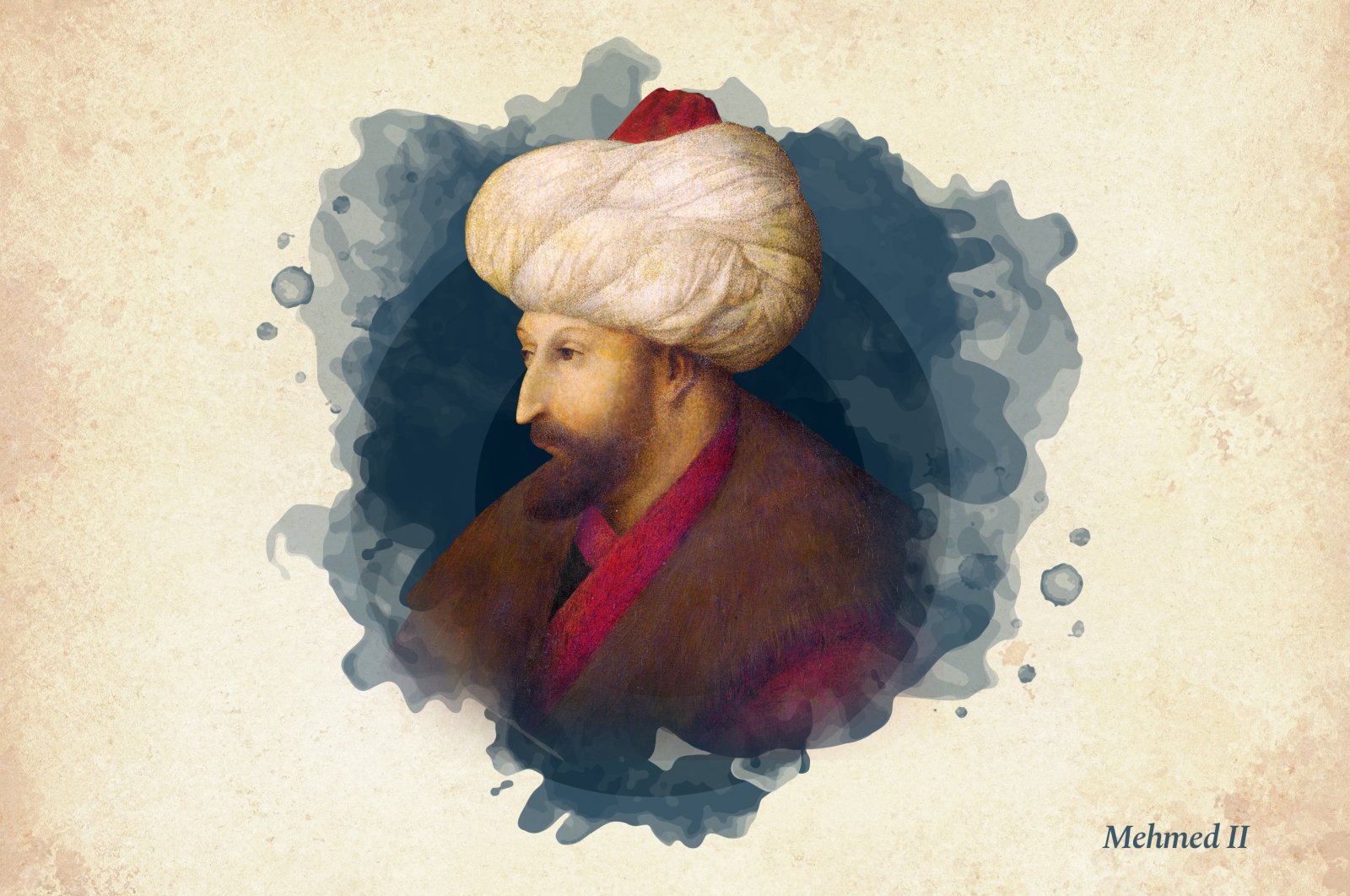
Table of Contents
The Renaissance Sultan
Mehmet II’s intellect was unparalleled among Ottoman rulers. Fluent in Greek, Latin, Arabic, and Persian, he immersed himself in the works of Aristotle, Plato, and Ptolemy, as well as the groundbreaking contributions of Islamic scholars from the Golden Age. He was equally fascinated by art and architecture, blending Eastern and Western influences into a new cultural identity for his empire. His court was a vibrant center of intellectual activity, hosting scholars, poets, and artists from across the world. Mehmet himself commissioned historical works and oversaw the translation of key texts into Turkish, ensuring that the knowledge of the past could guide the empire’s future.
His court was a vibrant center of intellectual activity, hosting scholars, poets, and artists from across the world. Mehmet himself commissioned historical works and oversaw the translation of key texts into Turkish, ensuring that the knowledge of the past could guide the empire’s future.
Unlike many of his successors, Mehmet even embraced portraiture, commissioning the Venetian artist Gentile Bellini to create a likeness of himself. This bold move defied Ottoman norms and demonstrated his openness to Renaissance ideals. Mehmet was, in many ways, a man ahead of his time, seamlessly bridging the worlds of East and West.

The Ruthless Statesman
For all his intellectual pursuits, Mehmet II was no gentle philosopher-king. He wielded absolute power with an iron grip, ruling with a pragmatism that was as effective as it was ruthless. His reign was marked by his infamous policy of fratricide, which permitted new sultans to execute their brothers to prevent civil war. While this grim measure helped stabilize the empire’s early years, it left a haunting legacy, casting a shadow over the Ottoman dynasty for centuries.
"For the welfare of the state, the one of my sons to whom God grants the sultanate may lawfully put his brothers to death. Most of the ulema have approved this; let action be taken accordingly."
Mehmet’s governance was equally unforgiving. His grand viziers, the empire’s top officials, were often victims of his relentless drive for loyalty and efficiency. Çandarlı Halil Pasha the Younger, who opposed Mehmet’s ambitious siege of Constantinople, was executed soon after the city fell, accused of treason and perceived as a threat to Mehmet’s authority. Mahmud Pasha Angelović, a skilled statesman and military commander, suffered a similar fate after political intrigues cast doubt on his loyalty. Even Rum Mehmed Pasha, once trusted to oversee key administrative and military affairs, met his end following accusations of corruption and incompetence. These executions not only consolidated Mehmet’s absolute power but also sent a stark warning to those who served him: loyalty and success were no guarantee of survival.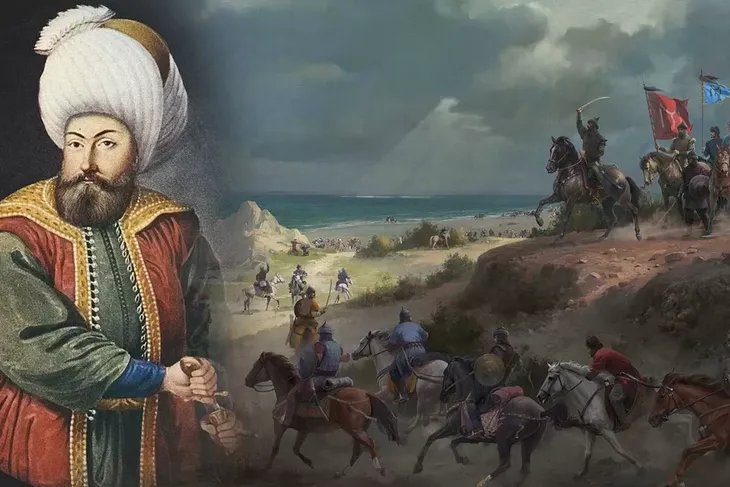 Yet, this harshness was tempered by a sense of justice and order. Mehmet enacted significant legal reforms, codifying laws to ensure fairness across his vast empire. His focus on governance and statecraft created a more centralized and efficient administration. Despite his brutality, Mehmet II’s reputation as a stern but visionary ruler earned him respect and fear in equal measure. His reign was a testament to the delicate balance between strength and justice required to maintain an empire as vast and diverse as the Ottoman realm.
Yet, this harshness was tempered by a sense of justice and order. Mehmet enacted significant legal reforms, codifying laws to ensure fairness across his vast empire. His focus on governance and statecraft created a more centralized and efficient administration. Despite his brutality, Mehmet II’s reputation as a stern but visionary ruler earned him respect and fear in equal measure. His reign was a testament to the delicate balance between strength and justice required to maintain an empire as vast and diverse as the Ottoman realm.

A Conqueror with a Scholar’s Mind
Mehmet’s conquest of Constantinople at the age of 21 was a feat of military brilliance, but it was his vision for the city’s future that truly defined his legacy. Far from being a mere destroyer, Mehmet saw himself as the inheritor of the Roman legacy, adopting the title Kayser-i Rûm (Caesar of Rome). He set out to transform the city into a capital that would rival its former glory.
Mehmet invited skilled workers, merchants, and scholars from across the empire to settle in Constantinople, creating a vibrant melting pot of cultures. He protected the Greek Orthodox Church, appointing a new patriarch and granting religious freedoms that ensured the city’s diverse communities could thrive under Ottoman rule.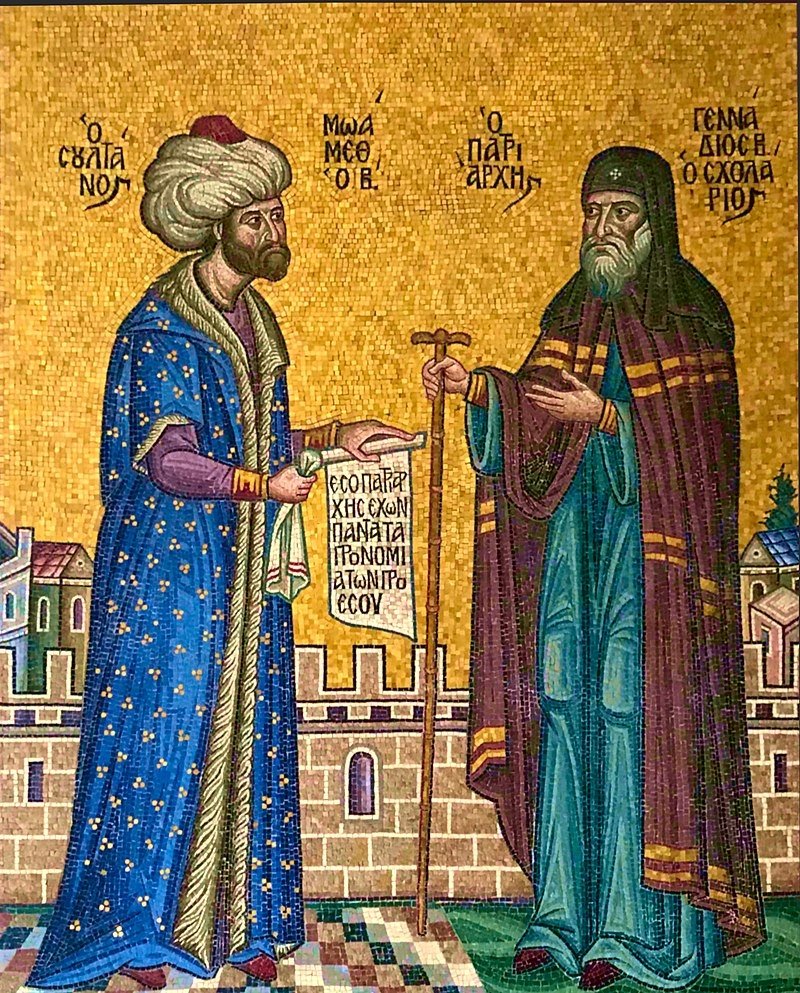
Knowledge as a Weapon
One of Mehmet’s most forward-thinking policies was his emphasis on knowledge as a form of power. He understood that intellectual and cultural achievements could legitimize his rule as much as military conquest. His efforts to preserve Constantinople’s libraries ensured that the accumulated wisdom of the ancient world would survive. The manuscripts he safeguarded—works of Greek philosophers, Roman scientists, and Islamic scholars—would later fuel the European Renaissance, marking Mehmet as a key figure in the history of global progress.
The manuscripts he safeguarded—works of Greek philosophers, Roman scientists, and Islamic scholars—would later fuel the European Renaissance, marking Mehmet as a key figure in the history of global progress.
The Lasting Imprint of Mehmet II on Istanbul’s Architecture
Sultan Mehmet II, known as Mehmet the Conqueror, not only transformed Istanbul into the Ottoman capital but also left a rich architectural legacy. Here are some significant sites from his reign that survive today and can be visited:
Topkapi Palace
Built shortly after the conquest of Constantinople in 1453, Topkapi Palace became the administrative, political, and cultural center of the Ottoman Empire for centuries. It reflects Mehmet’s vision of imperial grandeur and Ottoman sovereignty.
The Harem, Treasury, Imperial Council Hall, and stunning views of the Bosphorus and the Golden Horn.

Rumeli Hisarı (Rumeli Fortress)
Constructed in 1452 on the European side of the Bosphorus, Rumeli Fortress was built in preparation for the siege of Constantinople to cut off Byzantine supply lines. It played a key role in the conquest.
Its massive towers, walls, and breathtaking views of the Bosphorus. It also hosts occasional concerts and cultural events.

Fatih Mosque
Originally built by Mehmet II in 1463-1470, the Fatih Mosque was the first imperial mosque complex constructed in Istanbul. Though rebuilt after an earthquake in the 18th century, it retains its significance as a landmark of Mehmet’s reign.
The mosque itself and the surrounding külliye (complex), including madrasas, baths, and markets. Mehmet II’s tomb lies here, making it a revered site.
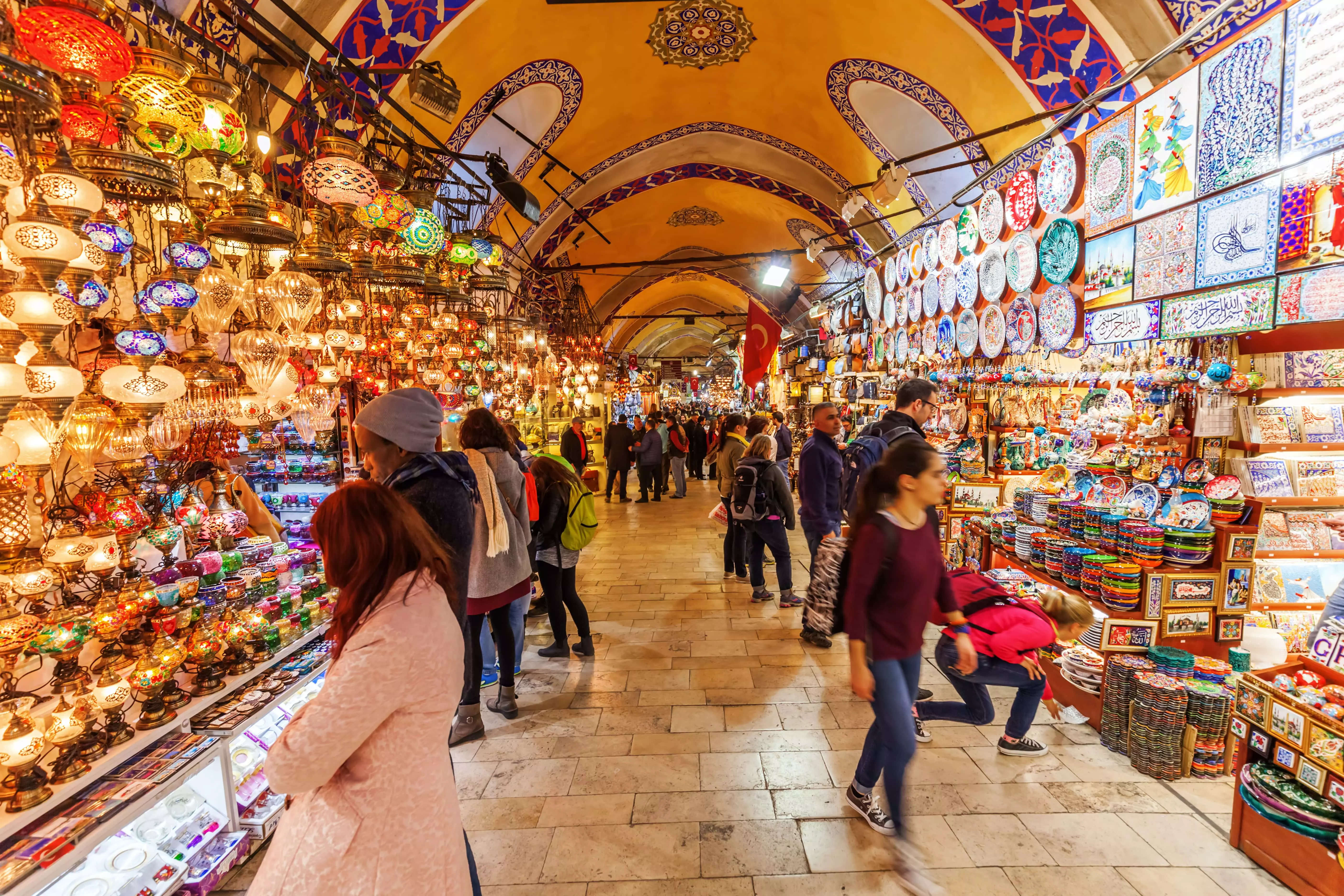
Grand Bazaar (Kapalıçarşı)
The Grand Bazaar was commissioned by Mehmet II and expanded over time. It remains one of the largest and oldest covered markets in the world, showcasing the city’s vibrant commercial history.
A labyrinth of shops selling everything from carpets to jewelry, ceramics, spices, and antiques.
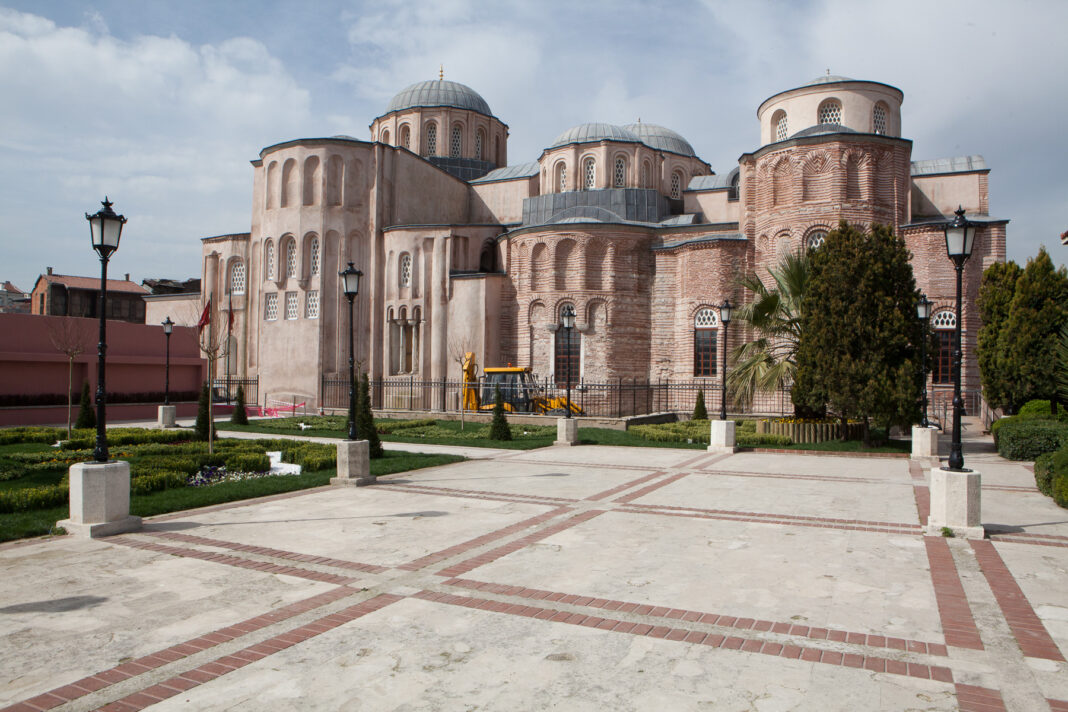
Zeyrek Mosque (Monastery of the Pantocrator)
Originally a Byzantine church complex, it was converted into a mosque during Mehmet II’s reign. While it predates him, its conversion reflects his policy of transforming Byzantine structures into Ottoman landmarks.
Mahmut Pasha Mosque
This mosque was commissioned by Mahmut Pasha, Mehmet II’s grand vizier, as part of a larger complex. It showcases the architectural advancements of the era.
Its modest yet elegant design and the bustling bazaar atmosphere around it.

Mihrimah Sultan Hamam (Bathhouse)
Though not built directly by Mehmet II, several hammams were constructed during his reign, laying the foundation for Ottoman bathhouse culture. Mihrimah Sultan Hamam in Edirnekapı, though later expanded, reflects his architectural influence.
While the current structure was rebuilt later, the original mosque was constructed during Mehmet’s reign to honor Abu Ayyub al-Ansari, a companion of the Prophet Muhammad buried in Istanbul. This site became a spiritual and political symbol for the Ottomans.

Fatih Sultan Mehmet Bridge A Modern Tribute to a Visionary Sultan
The Fatih Sultan Mehmet Bridge, commonly known as the Second Bosphorus Bridge, is a modern marvel named in honor of Mehmet the Conqueror. Spanning the Bosphorus Strait, this bridge connects the European and Asian sides of Istanbul, symbolizing the unifying spirit of the city that Mehmet II himself embodied.
Completed in 1988, the bridge stands as a tribute to the legacy of Istanbul’s great conqueror, linking not only continents but also history and progress. Its location near the Rumeli Fortress—a key site from Mehmet’s conquest—serves as a reminder of the vision and strategic brilliance that marked his reign. Today, it’s a vital artery in Istanbul’s bustling life, seamlessly blending the city’s historical significance with its modern growth.

A Legacy of Contradictions
Mehmet II was a man of contradictions: a scholar who admired art yet ruled with an iron fist; a leader who embraced diversity yet institutionalized fratricide; a conqueror who preserved the past to shape the future. His death at the age of 49—under mysterious circumstances—cut short a life that had already reshaped the world.
Today, Mehmet’s legacy is alive in the streets of Istanbul. From the towering minarets of Hagia Sophia to the bustling bazaars that once echoed with the footsteps of merchants from across the globe, the city he rebuilt bears the indelible mark of his intellect and ambition.
At The Other Tour, we celebrate Mehmet II not just as a conqueror, but as a Renaissance man whose vision transcended his time. Join us to uncover the layers of Istanbul’s history and walk in the footsteps of a ruler who dared to think beyond conquest to the enduring power of ideas.






